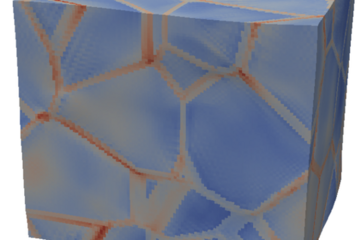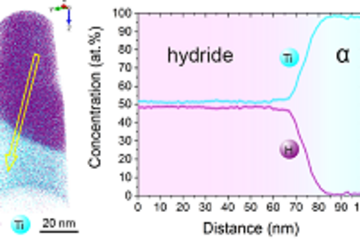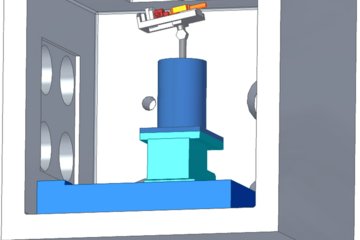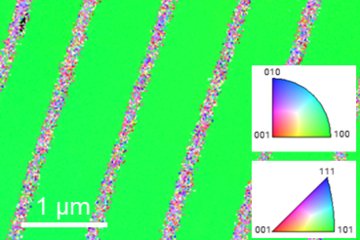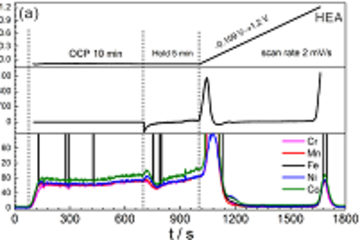All genres
61.
Poster
Investigation of (electro)chemical dissolution of platinum under the influence of reactive gases by in-situ mass spectrometry. São Paulo School in Advanced Science of Electrochemistry, Energy Conversion and Storages (SPASECs) 2013, São Paulo, Brazil (2013)
62.
Poster
Activity and stability of Pt/HGS catalysts for application in fuel cells. GDCh meeting – Electrochemistry 2012, München, Germany (2012)
63.
Poster
IL-TEM and IL-Tomography Stability Investigations of Fuel Cell Catalysts. 63rd Annual Meeting of the International Society of Electrochemistry, Prague, Czech Republic (2012)
64.
Poster
Fast Screening of PEMFC-Catalysts with a Scanning Flow Cell System. Electrochemistry 2012, München, Germany (2012)
65.
Poster
Investigation of the anodic and cathodic dissolution of platinum in acidic media. GDCh meeting – Electrochemistry 2012, München, Germany (2012)
66.
Poster
Rhodium electrode dissolution in sulfuric acid during electrochemical treatment investigated with a scanning flow cell coupled to an ICP-MS. 63rd Annual Meeting of the International Society of Electrochemistry, Prague, Czech Republic (2012)
67.
Poster
Fast Screening of PEMFC-Catalysts with a Scanning Flow Cell System. 63rd Annual Meeting of the International Society of Electrochemistry, Prague, Czech Republic (2012)
68.
Poster
Online Monitoring of the Dissolution of Platinum during Electrochemical Experiments by Coupled ICP-MS. 63rd Annual Meeting of the International Society of Electrochemistry, Prague, Czech Republic (2012)
69.
Poster
Near Surface Ion Distribution and Buffer Effects during Electrochemical Reactions. 14th Austrian Chemistry Days, Linz, Austria (2011)
70.
Poster
The Effective Surface pH during Reactions at the Solid/Liquid Interface. 63rd Annual Meeting of the International Society of Electrochemistry, Prague, Czech Republic (2011)
71.
Poster
Electrochemical reduction of CO2 to fuels: Directions and perspectives. Electrochemistry 2010: From Microscopic Understanding to Global Impact, Bochum, Germany (2010)
72.
Thesis - PhD
Design and implementation of an automated electrochemical flow system coupled with mass spectrometry for investigation of the dissolution behavior of platinum. Dissertation, Fakultät für Chemie und Biochemie, Ruhr-Universität Bochum, Bochum, Germany (2014)




